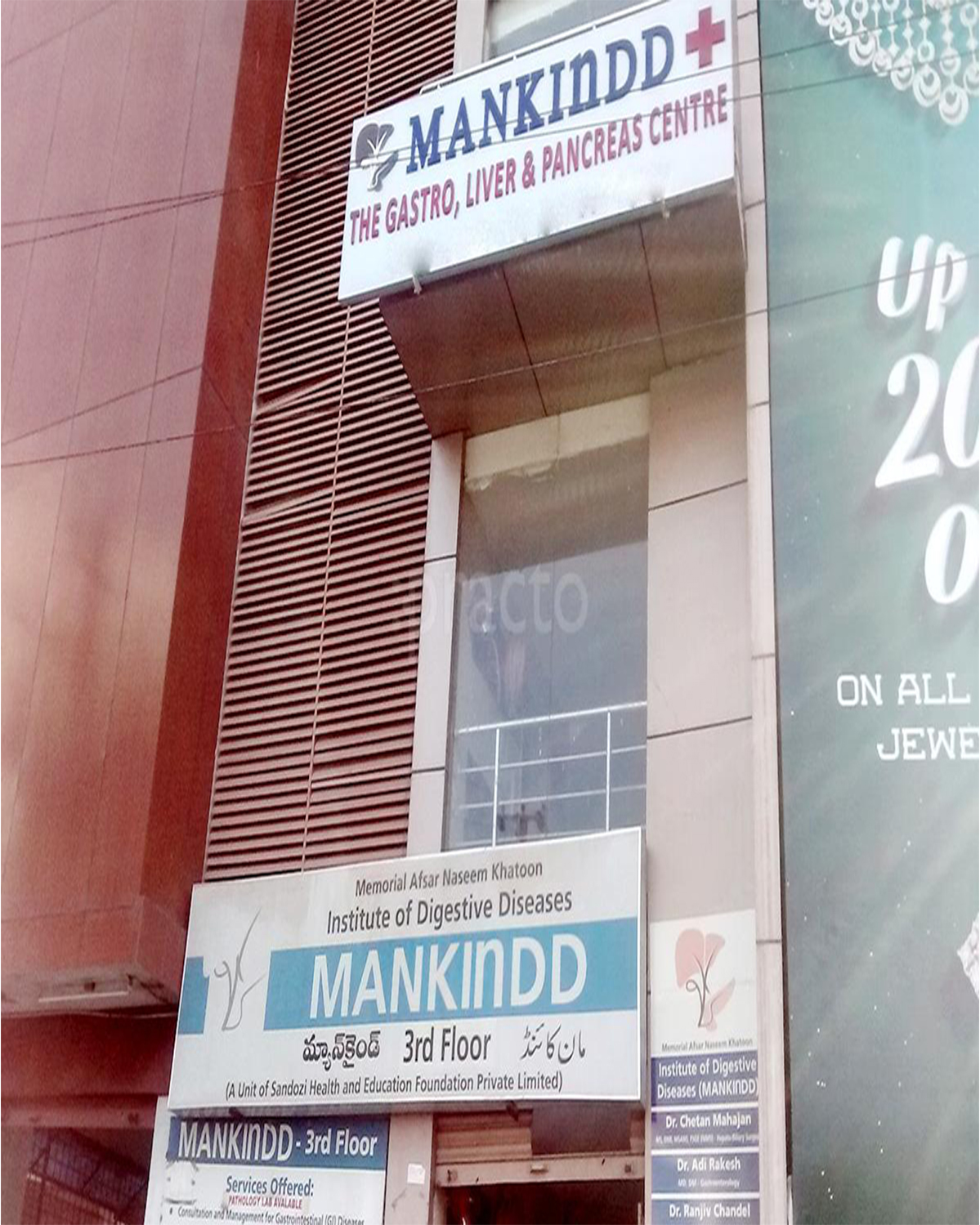
GIST and LYMPHOMA
GIST (Gastrointestinal Stromal Tumor)
Stomach is the most common site for the GIST, other sites include small intestine, rectum, and esophagus
Clinical presentation
1. Asymptomatic lesion detected during endoscopy or CT scan
2. GI bleed in the from of hemetemesis and black colored stools
3. Abdominal pain
4. Obstructive features such as dysphagia, recurrent vomiting, abdominal distension, and severe pain abdomen
Diagnosis
Following test are required for diagnosis and management
1. Endoscopy and endoscopic ultrasound
2. CECT abdomen
3. PET scan to rule out distant metastasis
Treatment
1. Small GIST can be followed up
2. Large tumor without metastasis should be operated
3. Unresectable tumors, and in patients where surgery is not feasible, are best treated by chemotherapy with imatinib and sunitinib
Gastric Lymphoma
Gastric lymphoma constitutes 3-5 % of all gastric tumors. Stomach is the most common extranodal site of lymphoma.
Marginal zone B cell lymphoma of stomach
Marginal zone B cell lymphoma, also known as MALT lymphoma is the most common lymphoma of stomach, chronic H pylori infection leading to chronic gastritis is the underlying cause.
Clinical features
1. Dyspepsia
2. Epigastric pain
3. Nausea, vomiting and early satiety
4. GI bleeding
5. Fever, vomiting and weight loss
Diagnosis
Lesions are usually diagnosed by endoscopy, endoscopic findings are
1. Erythema
2. Erosions
3. Ulcers
4. Growth
5. Biopsy is taken from the suspicious areas
6. CT and EUS are the investigations required for evaluation of extent of diseases and metastasis
Treatment
1. Early state disease can be treated by eradication of H Pylori
Gastroesophageal reflux
Esophageal Stricture and Web
Esophageal cancer
Achalasia
H Pylori Infection
Peptic ulcer disease
GIST and LYMPHOMA
Gastric cancer
Acute pancreatitis
Chronic pancreatitis
Pancreatic Pseudocyst
Pancreatic tumors
Colonic Polyps and cancer
Inflammatory bowel Disease
Celiac disease
Irritable bowel syndrome
Alcoholic Liver disease
Liver tumors
Chronic Hepatitis B
Chronic Hepatitis C
Cirrhosis
Non alcoholic fatty liver disease (NAFLD)
Ascites
Common bile duct stone
CHOLANGIOCARCINOMA
Gall bladder stone
Gall bladder cancer






